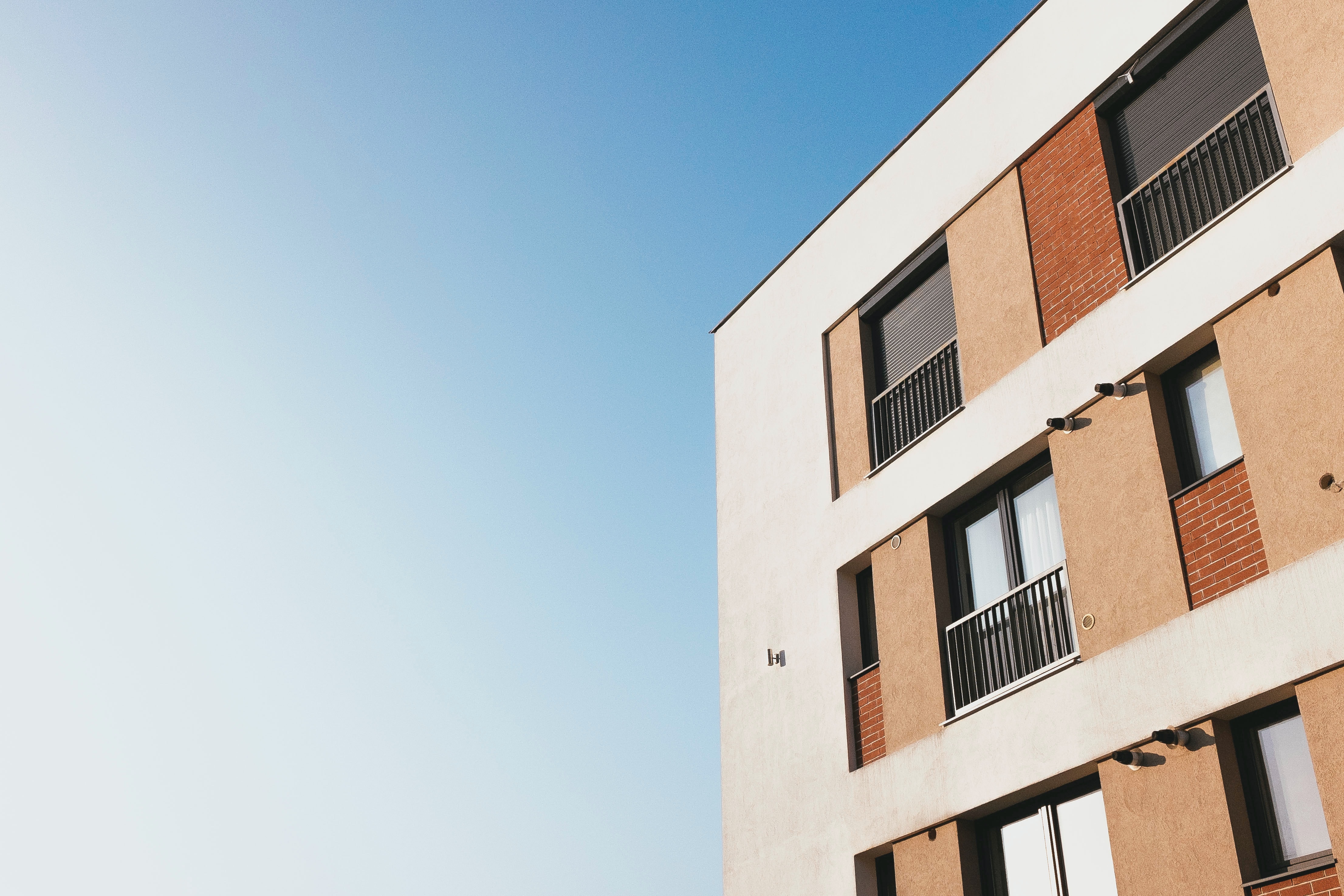Advice
Virtual building surveys: 6 things you need to know
Project leads
Contacts
No items found.


High quality visualisations produced by virtual building surveys are a powerful tool for investors, occupiers and other project stakeholders. We use them to save time when reviewing multiple buildings’ worth of information, or to communicate complex issues to non-technical specialists.
Here, we highlight the potential and limitations of the technology.
Related Sector
No items found.







